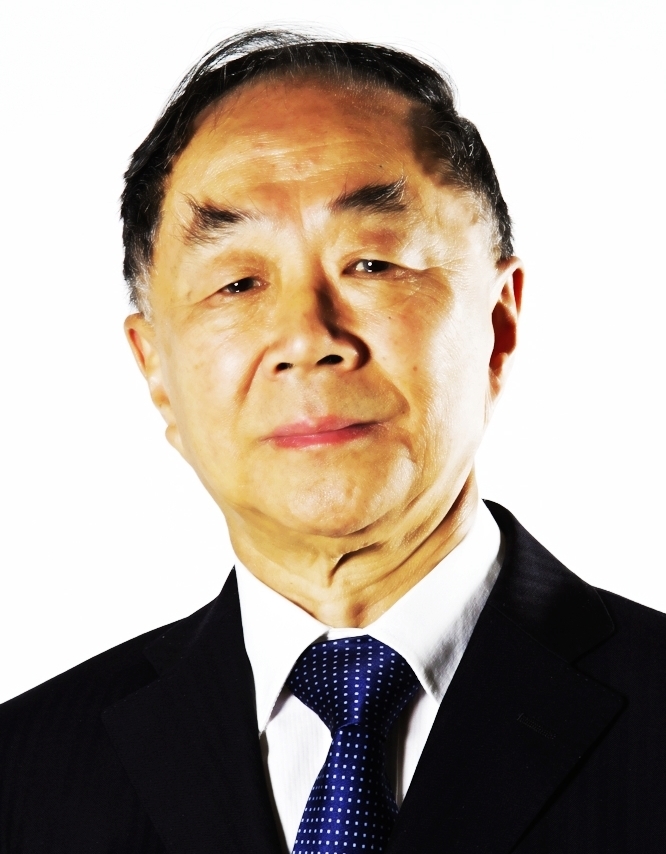|
Prof. CHEN Junshi

Chief Adviser of China National Centre for Food Safety Risk Assessment
Dr. Junshi Chen was graduated from the Beijing Medical College in 1956 and engaged in nutrition and food safety research for more than 50 years at the Institute of Nutrition and Food Safety, Chinese Center for Disease Control and Prevention (the former Chinese Academy of Preventive Medicine), Beijing. Since 2011, he took the position of Senior Research Professor at the China National Center for Food Safety Risk Assessment.
He has conducted large epidemiologic studies on diet, nutrition and chronic diseases, in collaboration with Dr. T. Colin Campbell, Cornell University and Prof. Richard Peto, University of Oxford since 1983. From late 1980's, he conducted a series of studies on the protective effects of tea on cancer, including laboratory study and human intervention trials. He is the member of the expert panel who wrote the WCRF/AICR report “Food, Nutrition and the Prevention of Cancer: a Global Perspective” (1997). Recently, he was appointed as the Chair of the Chinese National Expert Committee for Food Safety Risk Assessment and the Vice-Chair of the National Food Safety Standard Reviewing Committee. Internationally, he serves as the chairperson of the Codex Committee on Food Additives (CCFA) (2007-2017), UN co-convener of the AMR Inter-Agency Coordination Group (IACG), member of the WHO Food Safety Expert Panel and Director of ILSI (International Life Sciences Institute) Focal Point in China.
Dr. Chen's research interests focus on nutrition epidemiology as well as food safety surveillance and risk assessment in the following areas: Food safety risk assessment & risk communication; Food toxicology; Epidemiological studies on diet, nutrition and chronic diseases; Food fortification; Total Diet Study in China.
|
|
Session 5.1: AMR surveillance programme in food in China
Capacity Building for Developing AMR Surveillance Platform in food
Surveillance is the key component of WHO Global Action Plan for AMR, which was adopted by the 2016 UN resolution on AMR. Integrated surveillance of AMR in foodborne microorganisms include AMR (human, animal, food and environment) and AMU (antimicrobial use, human and animal). AMR Surveillance Networks in China include CHINET and CARSS (hospital patients), MoA (farming animals) and CFSA (food). There is no AMR surveillance programme on environment in China.
National food pathogen (e.g. Salmonella, Listeria monocytogenes, E. coli, Vibro parahaemolyticus) AMR surveillance include regular surveillance (all animal foods at retail level) and targeted surveillance (e.g. chicken – Salmonella; aquatic products - V. parahaemolyticus). High AMR rate and super-resistant strains were found in animal food samples collected for food pathogen surveillance.
Capacity building in AMR surveillance include the use of new technology, e.g. next generation sequencing and advanced analytics using big data, as well as plan development, staff training on sampling and analytical methods, quality control, data analysis and report preparation and data sharing.
|